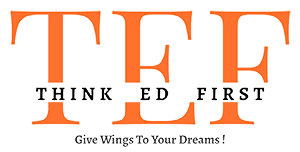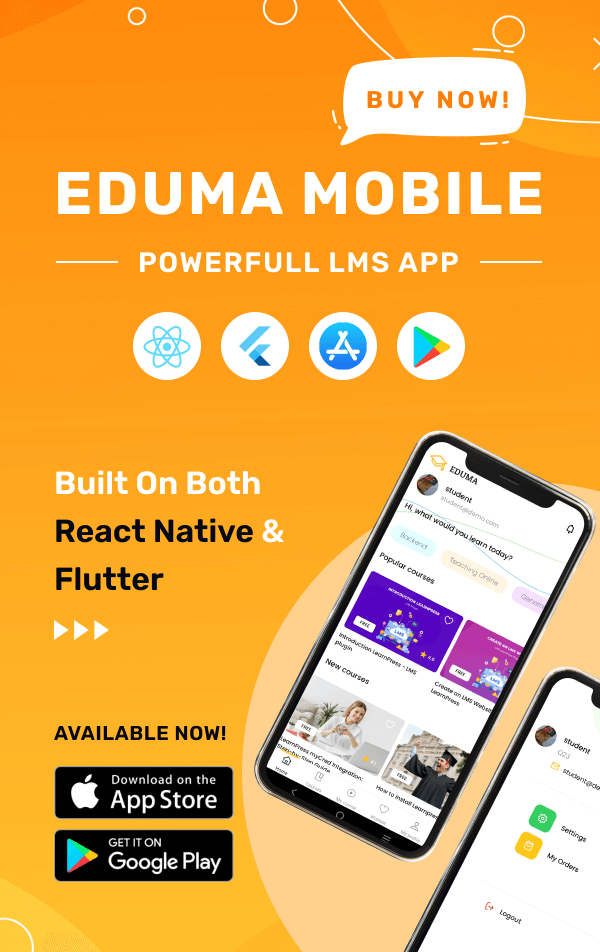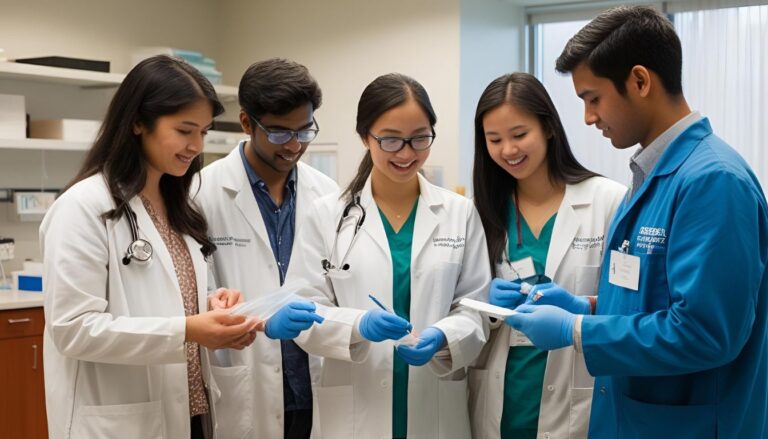Have you ever wondered why more students are choosing to pursue their medical education abroad? Bangladesh is emerging as a preferred destination for aspiring doctors, especially from India. With over 5,000 international students enrolling annually, the country offers a unique blend of quality education and cultural familiarity.
Bangladesh is home to over 20 NMC-approved medical colleges, ensuring global recognition of your degree. Institutions like Dhaka National Medical College and Bangladesh Medical College are renowned for their academic excellence. The medium of instruction is English, making it easier for international students to adapt.
Understanding the necessary documentation is crucial for a smooth admission process. From birth certificates to passport-sized photos, having the right documents ensures hassle-free enrollment. The SAARC quota further benefits Indian students by offering tuition-free education.
With a 6-year program structure, including a 1-year internship, students gain hands-on experience. The cost of living is affordable, making it an attractive option for many. If you’re considering a career in medicine, Bangladesh might just be the place to start your journey.
Why Study MBBS in Bangladesh?
Choosing the right destination for medical education can shape your future career. For many Indian students, Bangladesh has emerged as a top choice due to its affordability, global recognition, and cultural familiarity. Let’s explore why this neighboring country is gaining popularity among aspiring doctors.
Affordable Education with Global Recognition
One of the biggest advantages of studying in Bangladesh is the cost. The total expense for a 6-year program ranges between INR 25-50 lakhs, significantly lower than private colleges in India. This makes it an attractive option for many medical students.
Degrees from Bangladeshi colleges are recognized by international bodies like NMC, WHO, and USMLE. This ensures that graduates can practice globally. Additionally, the FMGE pass rate of 37% is higher than many other countries, reflecting the quality of education.
- Annual tuition fees range from $10,000 to $35,000.
- The SAARC quota eliminates tuition fees for high achievers.
- Living costs are affordable, averaging $1,500 to $2,000 per year.
Cultural and Geographical Proximity to India
Bangladesh shares cultural and linguistic similarities with India, making it easier for Indian students to adapt. The Bengali language and familiar cuisine create a welcoming environment for newcomers.
Geographical proximity is another advantage. Flights from Kolkata to Dhaka take just 2 hours, allowing students to visit home during holidays. This convenience adds to the appeal of studying in Bangladesh.
With over 50% of students at institutions like Barind Medical College being Indian, the community feel is strong. This support system helps students adjust and thrive in their academic journey.
Visa Requirements for MBBS in Bangladesh
Proper preparation ensures a smooth transition into your academic life abroad. For Indian students, understanding the process early can save time and effort later. Here’s what you need to know to get started.
Essential Documents for Student Visa Application
Gathering the right paperwork is the first step. You’ll need the following documents for your application:
- NEET scorecard (mandatory for Indian students).
- 10th and 12th mark sheets (attested).
- Birth certificate and school leaving certificate.
- 8 passport-sized photos with a white background.
- COVID-19 negative report (if applicable).
- Police clearance certificate.
Ensure all Indian documents are notarized for authenticity.
Step-by-Step Visa Process for Indian Students
The process is straightforward but requires attention to detail. Here’s how it works:
- Obtain an invitation letter from your chosen institution.
- Get an apostille stamp for your documents.
- Submit your application at the Bangladesh High Commission or Deputy High Commission.
- Attend a visa interview if required.
- Wait for approval, which typically takes 5-7 days.
Once approved, you’ll receive a one-year student visa.
Timeline and Key Deadlines
Planning ahead is crucial. Here’s a timeline to guide you:
| Month | Task |
|---|---|
| February | Start your application process. |
| May | Submit all required documents. |
| November | Begin your course after visa approval. |
Keep track of deadlines to avoid last-minute stress.
For further assistance, contact the Bangladesh High Commission in Delhi or Kolkata. With the right preparation, your journey to medical education can be seamless and rewarding.
Passport Guidelines for Indian Students
Preparing your passport is a critical step for Indian students planning to study abroad. Ensuring it meets all necessary criteria can save time and avoid complications during the application process. Here’s what you need to know about passport validity and renewal.
Validity and Renewal Considerations
Your passport must have a minimum of 18 months validity at the time of application. This ensures it remains valid throughout your academic journey. It’s also recommended to renew your passport at least 6 months before expiration to avoid delays.
Bangladesh’s immigration policy requires strict adherence to these rules. For urgent renewals, the Tatkal scheme can expedite the process. Always keep digital copies of your passport and other essential documents as a backup.
If your passport is lost while studying abroad, report it immediately to local authorities and the Indian embassy. Dual passport holders should ensure their documents comply with both countries’ regulations.
| Task | Timeline |
|---|---|
| Check passport validity | Before application |
| Renew passport | 6 months before expiration |
| Backup digital copies | Before departure |
For minors, parental consent is mandatory during the application process. Biometric passports are now standard, so ensure yours meets the latest requirements. Safeguarding your documents during your studies is equally important.
By following these guidelines, Indian students can ensure a hassle-free experience while pursuing their education abroad. Proper preparation and attention to detail will make your journey smoother and more rewarding.
Eligibility Criteria for MBBS Admission
Understanding the eligibility criteria is the first step toward securing admission to a medical program. For Indian students, meeting these standards ensures a smooth application process. Let’s break down the key requirements.
Academic qualifications play a crucial role. Students must score at least 50% in Physics, Chemistry, and Biology (PCB) in their 12th-grade exams. For SC/ST candidates, the minimum is 40%. A strong foundation in these subjects is essential for success in the program.
NEET qualification is mandatory for Indian students. The exam serves as a gateway to medical education abroad. Additionally, the age limit for applicants is between 17 and 25 years. A maximum study gap of two years is allowed, provided it is properly documented.
Here’s a summary of the eligibility criteria:
| Criteria | Details |
|---|---|
| Academic Marks | 50% in PCB (40% for SC/ST) |
| NEET Qualification | Mandatory for Indian students |
| Age Limit | 17-25 years |
| Study Gap | Maximum 2 years |
Documentation is another critical aspect. Students must provide a migration certificate, medical fitness certificate, and character certificate. These documents ensure authenticity and compliance with admission policies.
Special cases, such as improvement exam candidates or dual nationality holders, must provide additional documentation. Proper preparation and attention to detail can make the admission process seamless and stress-free.
Top NMC-Approved Medical Universities in Bangladesh
Exploring top medical universities can help you make an informed decision about your education. Bangladesh is home to several institutions recognized by the National Medical Commission (NMC) and other global bodies. These colleges offer modern facilities, experienced faculty, and a supportive environment for international students.
Bangladesh Medical College: Fees and Facilities
Bangladesh Medical College (BMC) is one of the leading private medical universities in the country. Established in 1986, it is known for its research and clinical practice. The college boasts a library with over 6,674 books and provides USMLE preparation for students aiming to practice abroad.
Key features of BMC include:
- Smart classrooms and simulation labs for hands-on learning.
- Hospital affiliations for clinical rotations and practical exposure.
- Scholarship opportunities based on merit and SAARC quotas.
Dhaka National Medical College Highlights
Dhaka National Medical College (DNMC) is another top choice for aspiring doctors. With 320 hostel rooms equipped with TVs and carrom boards, it ensures a comfortable stay for students. The college also offers cultural adaptation programs to help international students adjust smoothly.
DNMC’s infrastructure includes:
- Gender-segregated hostels with 24/7 CCTV surveillance.
- Transportation facilities for students traveling from India.
- A strong alumni network in Indian healthcare.
Both colleges provide excellent academic and extracurricular opportunities. Whether you choose BMC or DNMC, you’ll be part of a vibrant community dedicated to shaping future medical professionals.
MBBS Fee Structure and Living Costs
Managing finances is a key aspect of planning your education abroad. Understanding the cost structure helps students prepare better for their studies. Let’s break down the tuition fees and living expenses to give you a clear picture.
Tuition Fees Across Top Colleges
The total fee structure varies across institutions. For example, Bangladesh Medical College (BMC) charges $42,000 for the entire program, while Dhaka National Medical College (DNMC) costs $52,800. These fees include tuition, hostel, and other essential expenses.
Here’s a quick comparison of fees at top colleges:
| College | Total Fee (USD) |
|---|---|
| Bangladesh Medical College | $42,000 |
| Dhaka National Medical College | $52,800 |
Hidden costs like lab fees and exam charges are minimal, ensuring transparency in the fee structure.
Budgeting for Accommodation and Food
Living costs are affordable, making it easier for students to manage their expenses. Hostel fees range from $90 for non-AC rooms to $120 for AC rooms. Vegetarian mess facilities cost between 40,000-60,000 INR per year, catering to Indian dietary preferences.
Here are some tips to budget effectively:
- Compare hostel and private rental costs to find the best option.
- Use budget tracking apps to monitor monthly expenses.
- Plan an emergency fund for unexpected costs.
Indian food is widely available in cities like Dhaka and Chittagong, ensuring students feel at home. By planning ahead, you can make your academic journey financially stress-free.
Admission Process for International Students
Navigating the admission process for international students can seem overwhelming, but with the right guidance, it becomes manageable. From document preparation to university registration, each step is crucial for a seamless experience. Let’s break down the process to help you get admission smoothly.
The first step is to gather all necessary documents. These include academic certificates, NEET scorecards, and medical fitness certificates. Ensure all documents are attested by authorized bodies to avoid delays. Proper preparation at this stage sets the foundation for a successful application.
Once your documents are ready, the next step is to apply to your chosen institutions. Most universities have an online portal for registration. Fill in the required details accurately and upload the necessary files. Double-check for errors to avoid common application mistakes.
Consultant involvement is mandatory for international students. A reliable consultant can guide you through the process, from selecting the right course to managing waitlists. They also assist with document attestation and university communication, ensuring you meet all deadlines.
After submitting your application, the admission letter typically takes 10 days to process. During this time, prepare for the next steps, such as fee payment and orientation programs. Some universities also offer credit transfer options for students with prior qualifications.
Here’s a quick overview of the admission timeline:
| Step | Timeline |
|---|---|
| Document Preparation | 1-2 weeks |
| University Application | 3-5 days |
| Admission Letter Processing | 10 days |
By following these steps and staying organized, you can ensure a smooth admission process. Remember, attention to detail and timely action are key to securing your spot in the desired course.
Post-Graduation Opportunities and Licensing
What comes next after completing your medical degree can shape your career trajectory. Graduates of the mbbs course in Bangladesh have diverse opportunities, from licensing exams to specialized training. Understanding these pathways ensures a smooth transition into professional practice.
One of the first steps is preparing for licensing exams. The FMGE pass rate for graduates is 37%, significantly higher than India’s 20%. For those aiming to practice in the US, the USMLE Step 1 pass rate is an impressive 92%. These statistics highlight the quality of education and preparation provided by Bangladeshi institutions.
Here’s a quick comparison of licensing exam pass rates:
| Exam | Pass Rate |
|---|---|
| FMGE | 37% |
| USMLE Step 1 | 92% |
Internship hospital selection is another critical step. Graduates can choose from a range of hospitals affiliated with their institutions. These internships provide hands-on experience, preparing students for real-world medical challenges.
Post-graduation options include pursuing specialization in Bangladesh, India, or abroad. Residency programs in countries like the US and UK are popular choices. For those staying in Bangladesh, registration with the Bangladesh Medical Council is mandatory to practice locally.
Global recognition of degrees from Bangladesh opens doors to international careers. Graduates can practice in countries like the US, UK, Canada, and Australia after passing the necessary licensing exams. Continuing medical education is also essential to maintain licenses and stay updated with advancements in the field.
For Indian students, understanding the NMC guidelines for MBBS abroad is crucial. These guidelines ensure compliance with Indian licensing requirements, making it easier to practice back home.
Alumni success stories further highlight the potential of a medical education in Bangladesh. Many graduates have gone on to achieve remarkable careers in healthcare, both nationally and internationally. By leveraging the opportunities available, you can build a fulfilling and impactful medical career.
Conclusion
Embarking on a medical career abroad is a significant decision, and Bangladesh offers a compelling choice for Indian students. With affordable tuition fees, cultural familiarity, and globally recognized institutions, it stands out as a top destination for aspiring doctors.
Before applying, ensure all documents are ready, including academic certificates and NEET scores. Early preparation can make the process smoother and stress-free. Consulting experienced educational advisors can also provide valuable guidance.
Bangladesh’s medical colleges are gaining popularity due to their quality education and supportive environment. The country’s future in medical education looks promising, with ongoing infrastructure developments and government agreements enhancing its appeal.
For those considering top countries for medical studies abroad, Bangladesh offers a unique blend of affordability and excellence. Start your journey today and take the first step toward a rewarding medical career.





